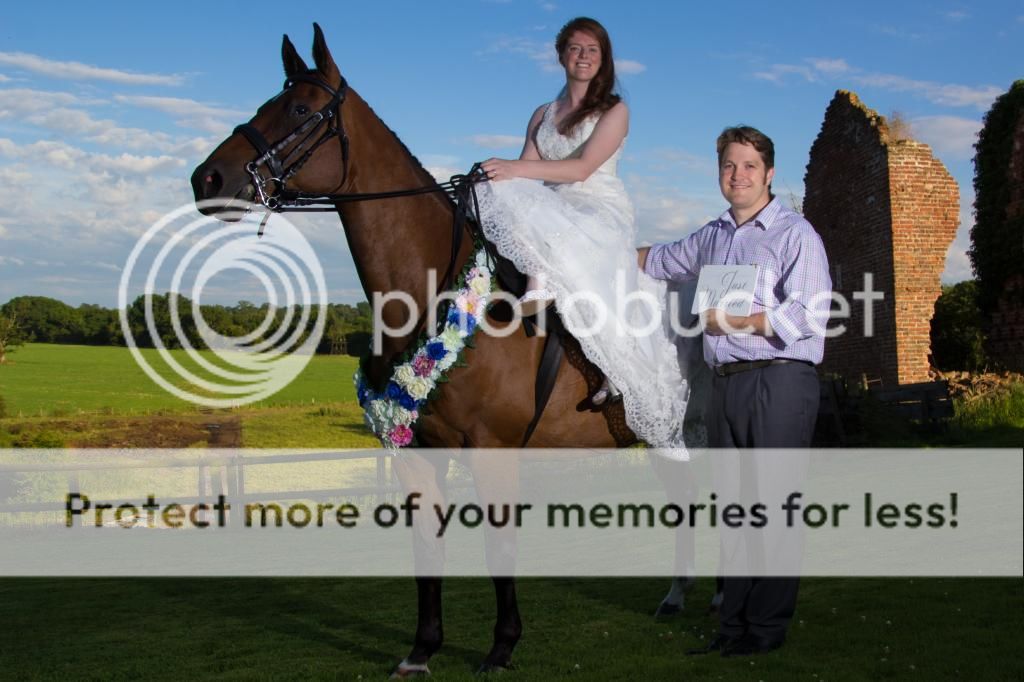Consider the ambient and flash exposures to be 2 layers and treat them as separate exposures. For the flash exposure, you need to bear in mind the shutter speed, but it really has no effect on the exposure*.
The ambient can be anything from totally overpowered to being the primary light source.
ie.
Bright summer day, with even cloud cover, nice enough light but the eye sockets are in shadow, a small amount of fill flash will just lift the shadows.
Bright summer day, with a bright blue sky, which you want to underexpose to make even darker blue. But that'll underexpose your subject by loads. You can use a massive amount of flash power as the key light on your subject (think 6 speedlights as a battery of light, or a portable studio flash).
Dark function room with subtle lighting, creating warm ambience, but requires too low a shutter speed for a sharp shot, shoot to underexpose it by a stop, to get the 'feel' and light your subjects with a bounced flash to freeze movement.
Dark function room with disco lights, set a really low shutter speed to capture the moving lights, maybe even add zoom or camera movement to make interesting patterns. Add a flash to freeze the subject amongst the moving lights. nb contrary to popular opinion, the flash doesn't need to be 2nd curtain to achieve this.
* until you start experimenting with supersync, hyper sync, or other esoteric uses of the nature of a flash exposure.


